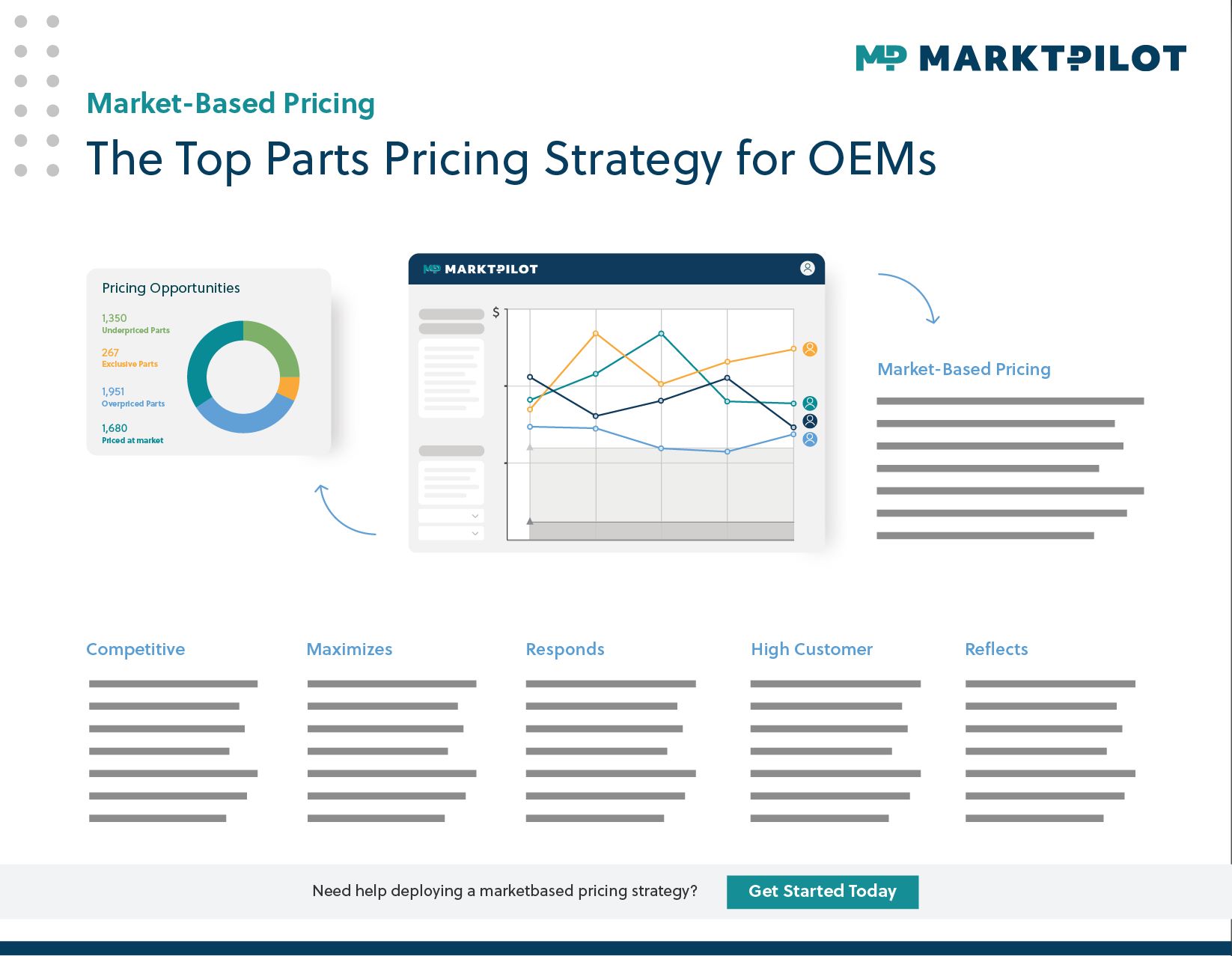AI in the Machine Manufacturing: Gearing Up for a Smart Revolution
Discover how artificial intelligence is transforming the machine manufacturing industry. The webinar review shows innovative ways of digital...
Cost-plus pricing, also known as mark-up or cost-plus valuations, is a pricing strategy where the selling price is determined by adding a specific markup percentage or fixed amount to the total production cost of a product or service. This method involves calculating the total costs incurred, including direct costs like material and labor, as well as indirect costs such as overhead.
The cost-plus pricing strategy is straightforward and ensures that all production costs are covered, while providing a profit margin. It is commonly used in industries where precise cost calculation is possible, such as construction and manufacturing. However, it may not always account for market demand, pricing of competitors, or perceived value, making it essential to consider these external factors as well when setting the final price.

Calculate cost-plus pricing is essential for determining the appropriate selling price by factoring in all production costs and adding a markup percentage or fixed amount. The formula is as follows:
Selling Price = Total Cost + (Total Cost x Markup Percentage)
Where:
Selling Price = $100 + ($100 x 0.20) = $120
This formula ensures that all costs are covered while achieving the desired profit margin, making it a straightforward and reliable pricing strategy.
Cost-plus pricing is commonly utilized in industries with well-defined production costs, such as construction. A cost-plus pricing example: a construction company building an office complex would calculate all direct costs like materials, direct labor, and subcontractor fees, along with indirect costs such as overhead and equipment depreciation. After determining these total costs, a markup percentage or fixed amount is added to ensure profit margins.
For instance, if the project’s total cost is $1 million and a 20% markup is applied, the final selling price would be $1.2 million. This covers all incurred costs and provides a profit margin aligned with the company's financial goals.
Another example is in custom machinery manufacturing, where the manufacturer calculates materials, labor, and overhead costs. By adding a fixed percentage markup, they set a sales price that ensures cost recovery and profit, beneficial when precise cost calculation is feasible.
AI-driven market research streamlines the analysis of large datasets, such as competitor pricing, customer trends, and material costs. By automating repetitive tasks, it not only saves time but also delivers greater accuracy than common manual methods. This approach is particularly relevant to machine manufacturers aiming for market-based pricing strategies.
While cost-plus pricing is a straightforward approach, there are several alternative pricing strategies to better align with market dynamics and consumer expectations:

In machine manufacturing, the cost-plus pricing method is widely used. This industry faces significant direct costs like material, labor, and overhead, which can vary depending on project specifics and market conditions. By using the cost-plus pricing strategy, manufacturers can cover these costs while adding a markup percentage to secure a profit margin.
While cost-plus pricing focuses on internal costs, external factors such as competitors' prices or market demand are often not taken into account, which can affect the competitiveness of the sales price and lead to unrealized revenue potential. Our experience shows that up to 73% of spare parts in machine manufacturing offer revenue potential through better pricing.
Overall, while the cost-plus pricing strategy was a reliable choice for machine manufacturers in the past, it is essential to improve this strategy with market research and competitive analysis to ensure that the pricing model aligns with market conditions and customer expectations.
A market-based pricing strategy is the recommend way to maximize profit potential in machine manufacturing, particularly in the parts business.

Overview of Parts Pricing Strategies
In this article, we review a few of the most common parts pricing strategies for OEMs.
For more information about how a market-based pricing strategy supported by modern pricing software can unlock greater revenue and higher margins in machine manufacturing, contact our experts and explore solutions for your business

A well-crafted pricing strategy ensures your business can adapt to market conditions, cover costs, and secure brand loyalty.

Learn more about the benefits of market-based pricing, and easy steps to implement a competitive pricing strategy.

Discover the 10 essential steps to create a successful B2B pricing strategy and to choose the right pricing model.

Take a deep dive into what is the top pricing strategy for OEMs and discover how it can greatly increase your revenue.
MARKT-PILOT is a leading provider of software for market-based spare parts pricing in machine manufacturing. The solutions enable OEMs to conduct precise market price research, automated price recommendations and optimized strategies. Customers benefit from increased sales, margins and customer satisfaction in their parts business.

Discover how artificial intelligence is transforming the machine manufacturing industry. The webinar review shows innovative ways of digital...
The industry conference for aftermarket and pricing in machine manufacturing professionals is gearing up for its 2025 event.
Following Trump's announcements of sweeping global tariffs, a historic trade war is imminent in 2025. Read now how your business can remain...